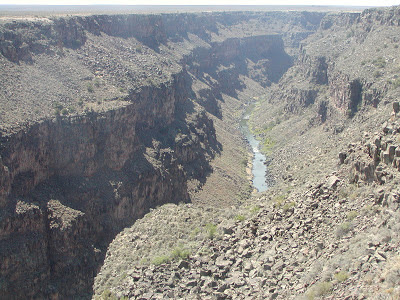Don’t Mess with Bill was a single gold record hit song by the
Marvelettes in 1966. It was also darn
good advice in Abilene in the mid 1800s when Wild Bill Hickock was the Marshal. Bill killed 36 men in
gunfights. He was a crack shot and the first person that
actually fought a ‘quick draw’ duel.
Bill was a little too quick:
while breaking up an unruly mob, his deputy (and close friend) came running up behind him to lend
a hand. Bill, thinking one of the mob was going to jump him from behind, whirled and accidentally shot him dead. The incident haunted Bill for the rest of his life and led to his being fired from his Marshal's job 2 months later.
This bronze likeness of Bill stands over his Boot Hill grave.
Naturally, Bill made
a few enemies along the way, one of which wanted to hire John Wesley Hardin to
kill him. John, following the Marvelette’s
advice, declined, with the comment, ‘If Bill needs killing why don’t you kill
him yourself?’
.
Hickock was an army
scout for Sherman and Custer in his early years.
He tried stage acting briefly but was lousy. In his later years, he became a professional
gambler and that’s what brought him to Deadwood in the gold rush days. Jack McCall shot Bill in the back of the head
while he was playing poker, holding the now-famous ‘dead man’s hand’ of aces
and eights. It’s not clear why Jack did the dastardly deed. He claimed Bill killed his brother but that was a lie: he didn't have a brother. McCall was hanged for the
killing, thereby achieving the dubious honor of being the the last person to
ignore the advice, ‘Don’t mess with Bill.’
An expanded view of Boot Hill, which is indeed a hill.
Deadwood was twice destroyed by fire and once by flood. But it's still there, full of hotels, casinos, saloons, Harleys and tourists - but no brothels: US marshals closed down the last one in 1980. We did the city tour yesterday and thoroughly enjoyed it.
Local actors perform a reenactment of the capture and trial of McCall
during the tourist season.
I gotta say this to Jack’s ghost, on behalf of Bill’s ghost, “Okay, so you just had to kill me. Why, I don’t know. But, couldn’t you have waited until I had a losing hand? I had 2 pair, aces over, probably the winning hand, and you, you sumbitch, shoot me! That’s what makes your crime so heinous and that’s why I’m gonna haunt you forever, you cowardly back-shooting little prick!”










































